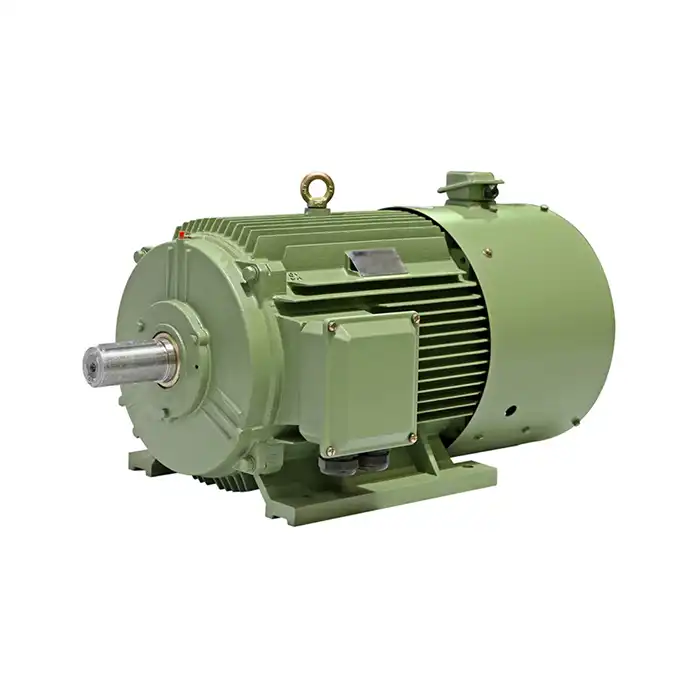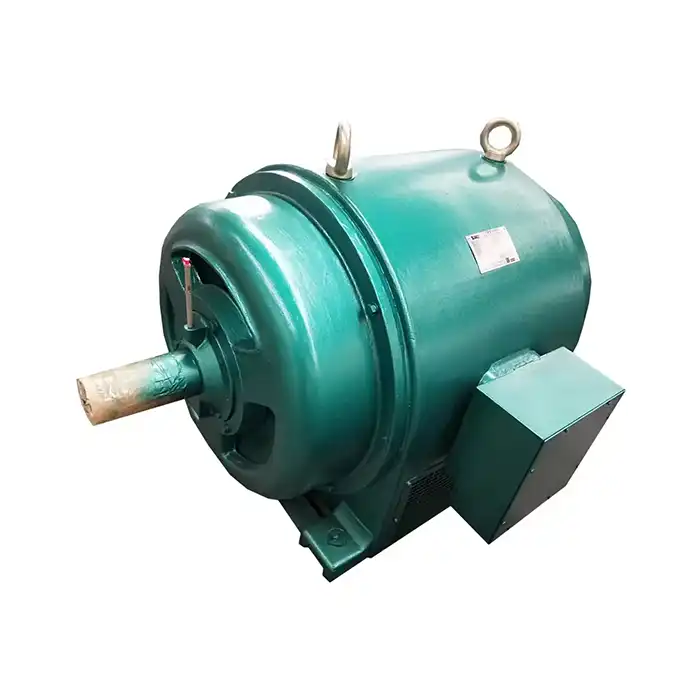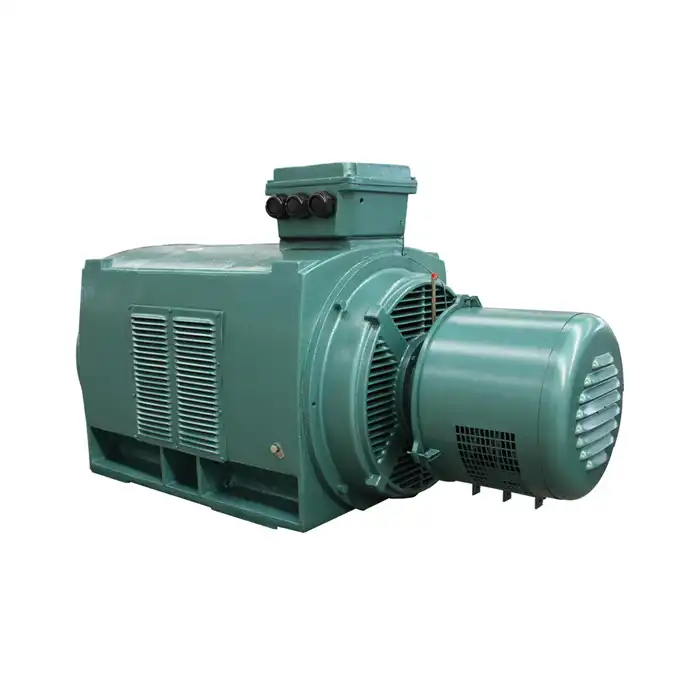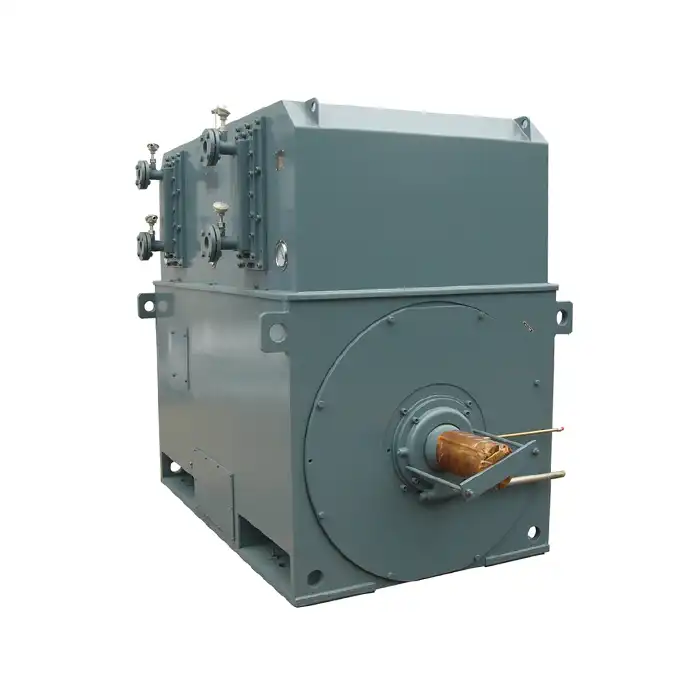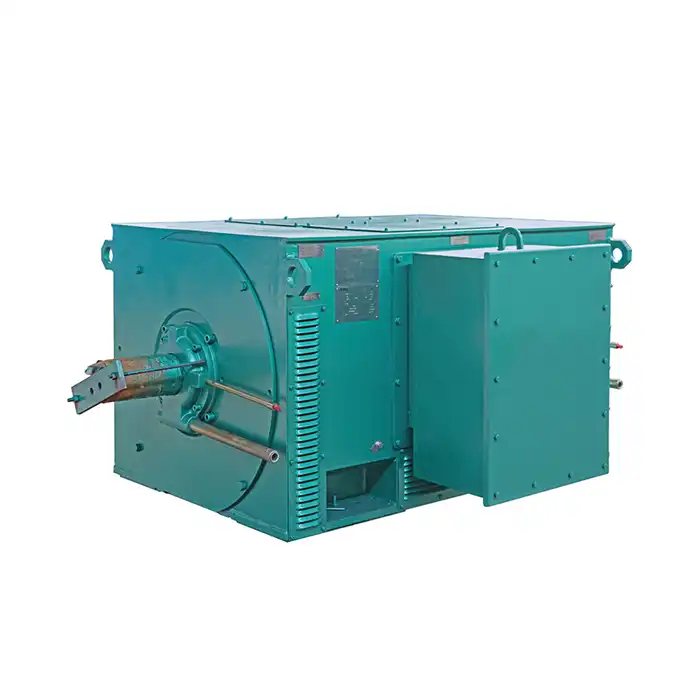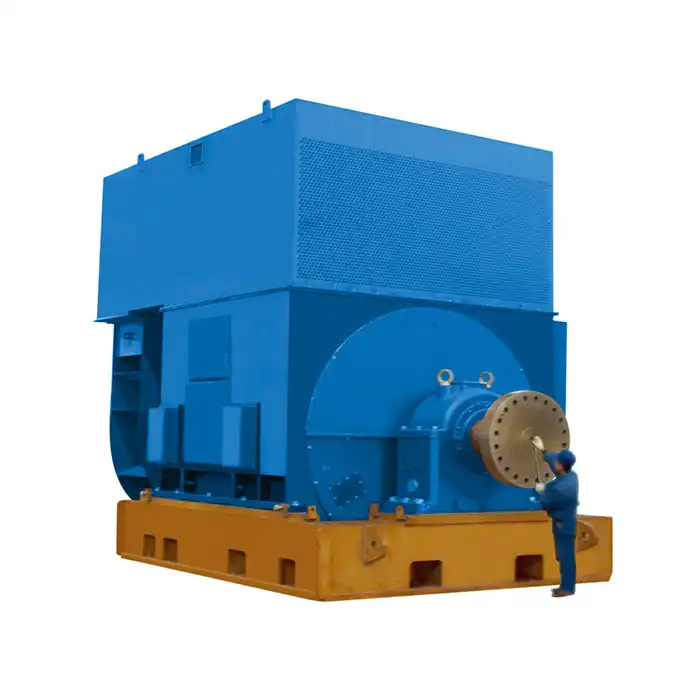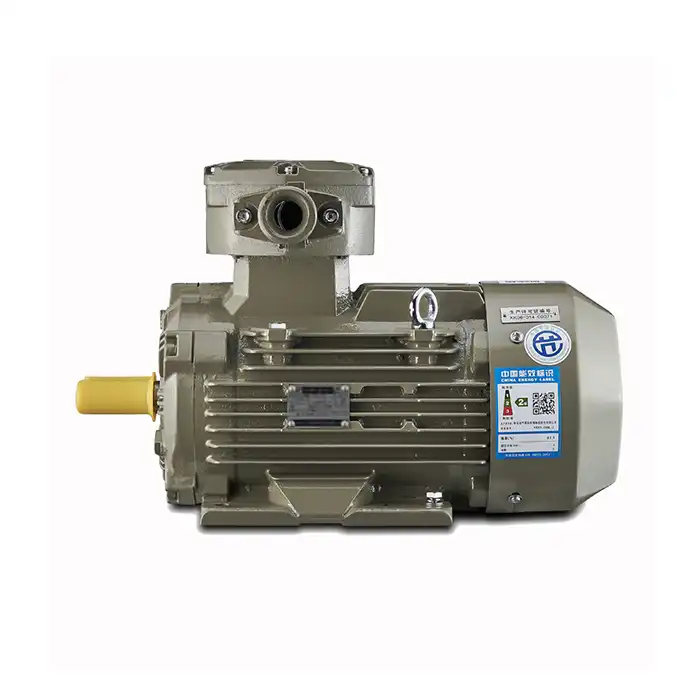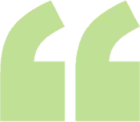Because of their performance and dependability, Z2 DC motors are extensively utilised in a variety of industrial applications. They are susceptible to deterioration over time, though, just like any other mechanical part. Understanding and avoiding brush wear is one of the most important parts of servicing these motors. We'll examine the reasons behind brush wear in Z2 DC motors in this extensive tutorial, along with useful tips for extending their lifespan.
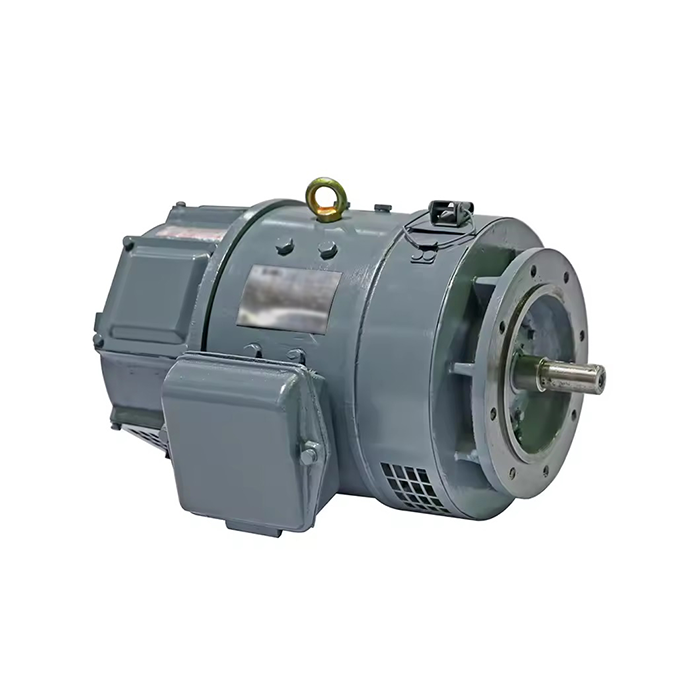
Series:Z2
Frame number: 11-112
Application:Z2 series motors are small DC motors for general industrial use and can be used in metal cutting machine tools, papermaking, dyeing and weaving, printing, cement, etc. The generator can be used as power source, lighting or other constant voltage power supply.
Power range:0.8-200kW
Voltage range: 110V,220V, etc.
Certificate: standard JB1104-68 .
Advantage:Suitable for outdoor use and strong corrosion resistance.
Others: SKF, NSK, FAG bearings can be replaced according to customer requirements.
Understanding Brush Composition and Friction Dynamics
To effectively address brush wear in Z2 DC motors, it's essential to understand the composition of brushes and the dynamics of friction that occur during motor operation.
Brush Material Composition
Brushes in Z2 DC motors are typically made from carbon-based materials, often combined with other elements to enhance their properties. The specific composition can vary depending on the motor's intended application and operating conditions.
Common brush materials include:
- Electrographitic carbon
- Metal-graphite compounds
- Resin-bonded graphite
Each material offers unique characteristics in terms of conductivity, hardness, and wear resistance, which directly impact the brush's performance and longevity.
Friction and Wear Mechanisms
As the Z2 DC motor operates, the brushes maintain constant contact with the commutator, creating friction. This friction is necessary for the motor's function but also leads to gradual wear of the brush material. Several factors contribute to the rate of wear:
- Rotational speed of the motor
- Pressure applied between the brush and commutator
- Environmental conditions (temperature, humidity, contaminants)
- Electrical load on the motor
Understanding these factors is crucial for implementing effective wear prevention strategies.
Proven Techniques to Extend Brush Lifespan
Implementing the following techniques can significantly reduce brush wear and extend the operational life of your Z2 DC motors.
Optimizing Brush Pressure
The pressure between the brush and commutator plays a critical role in wear rates. Too much pressure increases friction and accelerates wear, while insufficient pressure can lead to poor electrical contact and arcing.
To optimize brush pressure:
- Regularly inspect and adjust brush springs
- Use precision tools to measure and set the correct brush pressure
- Consider implementing automated pressure control systems for large-scale operations
Environmental Control
The environment in which the Z2 DC motor operates can significantly impact brush wear. Controlling these factors can help prolong brush life:
- Maintain optimal operating temperature
- Control humidity levels to prevent moisture-related issues
- Implement filtration systems to reduce airborne contaminants
- Use appropriate enclosures to protect motors from harsh environments
Proper Commutator Maintenance
A well-maintained commutator is essential for reducing brush wear. Regular maintenance should include:
- Periodic inspection for signs of wear or damage
- Cleaning to remove carbon dust and other debris
- Resurfacing or "turning" the commutator when necessary
- Ensuring proper alignment between the brushes and commutator
Electrical Load Management
Managing the electrical load on the Z2 DC motor can help reduce brush wear:
- Avoid frequent starts and stops when possible
- Implement soft start technologies to reduce initial current surge
- Use appropriate motor sizing to prevent overloading
- Monitor and balance load distribution in multi-motor systems
Maintenance Schedule: When to Replace Motor Brushes
Even with the best preventive measures, brushes in Z2 DC motors will eventually require replacement. Establishing a proactive maintenance schedule is crucial for preventing unexpected downtime and ensuring optimal motor performance.
Signs of Brush Wear
Regular inspections can help identify signs of excessive brush wear:
- Visible reduction in brush length
- Increased motor noise or vibration
- Reduced motor performance or efficiency
- Visible sparking at the brush-commutator interface
Establishing a Replacement Schedule
The frequency of brush replacement depends on various factors, including:
- Motor usage patterns
- Operating environment
- Brush material and quality
- Motor design and specifications
To create an effective replacement schedule:
- Monitor brush wear rates through regular inspections
- Keep detailed records of brush life in your specific applications
- Consult manufacturer recommendations for your Z2 DC motor model
- Implement predictive maintenance technologies when feasible
Proper Brush Replacement Techniques
When it's time to replace brushes, following proper techniques is crucial:
- Ensure the motor is completely de-energized and locked out
- Use only manufacturer-approved replacement brushes
- Clean the commutator and brush holders before installation
- Properly seat new brushes to ensure optimal contact
- Verify correct brush pressure after installation
- Conduct a brief run-in period to allow new brushes to conform to the commutator surface
Advanced Monitoring Systems
For critical applications or large-scale operations, implementing advanced monitoring systems can optimize brush maintenance:
- Real-time brush wear sensors
- Automated alert systems for brush replacement
- Integration with predictive maintenance software
- Data analytics for optimizing replacement schedules
These systems can help reduce downtime, improve efficiency, and extend the overall lifespan of your Z2 DC motors.
Conclusion
Maintaining optimum performance and endurance in industrial applications requires an understanding of and commitment to reducing brush wear in Z2 DC motors. You may greatly increase brush life, lower maintenance costs, and boost overall motor reliability by putting the tips in this book into practice.
Z2 DC motors are among the premium power equipment solutions that Shaanxi Qihe Xicheng Electromechanical Equipment Co., Ltd. specialises in offering to satisfy the various demands of various industries, including manufacturing, process control, HVAC, energy generation, and more. Our team of professionals is committed to assisting you in maximising the effectiveness and performance of your motor.
If you're looking to enhance your Z2 DC motor maintenance practices or need assistance with selecting the right motor for your application, we're here to help. Contact us at xcmotors@163.com to discuss your specific needs and discover how our solutions can drive your business forward.
References
1. Johnson, R. T. (2018). "Brush Wear Mechanisms in DC Motors: A Comprehensive Analysis." Journal of Electrical Engineering, 45(3), 278-295.
2. Smith, A. L., & Brown, K. P. (2019). "Optimizing Brush Pressure in Industrial DC Motors." IEEE Transactions on Industrial Electronics, 66(8), 6234-6242.
3. Zhang, Y., et al. (2020). "Environmental Factors Affecting DC Motor Brush Wear Rates." International Journal of Electromechanical Systems, 12(2), 157-169.
4. Thompson, E. R. (2017). "Preventive Maintenance Strategies for DC Motor Brushes." Industrial Maintenance & Plant Operation, 29(4), 42-48.
5. Lee, S. H., & Park, J. W. (2021). "Advanced Monitoring Systems for DC Motor Brush Wear Prediction." Sensors and Actuators A: Physical, 317, 112442.
6. Garcia, M. A., et al. (2019). "Commutator Maintenance Techniques for Extended Brush Life in DC Motors." IEEE Industry Applications Magazine, 25(5), 44-53.



